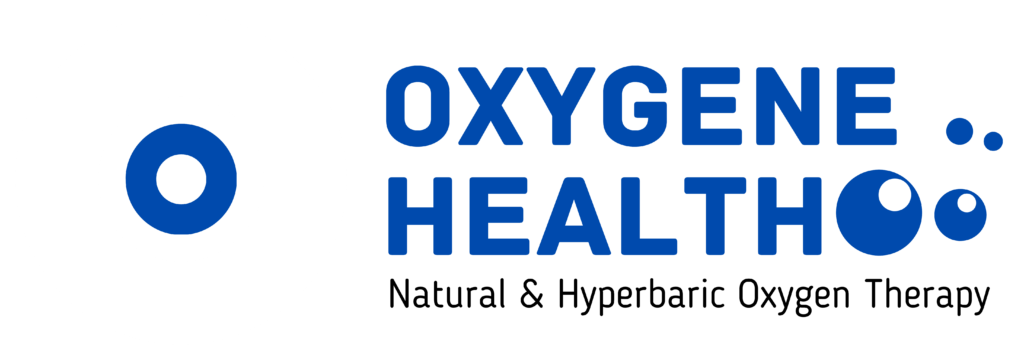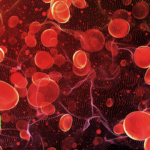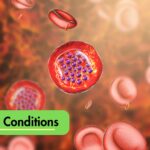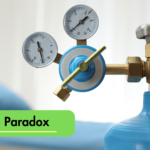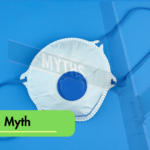Athlete Background:
John is a 30-year-old professional athlete competing in endurance sports, particularly long-distance running. He consistently trains at high intensity to improve his performance and achieve his athletic goals. Despite his rigorous training regimen, John struggles with fatigue, decreased endurance, and suboptimal performance during competitions.
Clinical Presentation:
John presents to a sports medicine clinic seeking interventions to optimize his athletic performance and overcome performance barriers. He reports symptoms of exercise-induced fatigue, reduced stamina, and difficulty maintaining pace during long-distance races. He is motivated to explore alternative therapies that may enhance his physical fitness and competitive edge.
Treatment Plan:
Given John’s goals and challenges in optimizing his athletic performance, his sports medicine team recommends exploring the potential benefits of oxygen therapy, specifically normobaric oxygen therapy (NBOT), as an adjunctive treatment modality to improve oxygen delivery and aerobic capacity.
Normobaric Oxygen Therapy Protocol:
John undergoes a series of NBOT sessions, each lasting approximately 60 minutes, under the supervision of trained medical personnel at the sports medicine clinic. He receives 100% oxygen via a face mask or nasal cannula, with the goal of increasing oxygen saturation levels and enhancing oxygen uptake by his muscles during exercise.
Progress and Outcomes:
Throughout the course of NBOT sessions, John and his sports medicine team observe several positive outcomes in his sports performance:
- Improved Endurance: John experiences an increase in endurance and stamina during training sessions and competitions following NBOT. He is able to sustain higher exercise intensities for longer durations without experiencing significant fatigue or performance decline.
- Faster Recovery: NBOT accelerates John’s post-exercise recovery, reducing muscle soreness, fatigue, and recovery time between training sessions. This allows him to maintain a more consistent training schedule and achieve greater training volume without risking overtraining or injury.
- Enhanced Oxygen Utilization: NBOT improves John’s oxygen utilization efficiency, enabling his muscles to extract and utilize oxygen more effectively during exercise. This translates to improved aerobic capacity, VO2 max, and overall athletic performance.
- Mental Focus: John experiences enhanced mental focus and concentration during training and competition, allowing him to maintain optimal technique, pacing, and strategy throughout endurance events. This contributes to improved performance outcomes and race results.
Follow-up and Long-Term Management:
Following the completion of NBOT sessions, John continues to integrate oxygen therapy into his training regimen as needed, scheduling sessions strategically to coincide with key training phases or competitive events. He also implements other performance-enhancing strategies such as strength training, nutrition optimization, and recovery modalities to further support his athletic goals.
Conclusion:
In this hypothetical case study, normobaric oxygen therapy (NBOT) emerges as a promising adjunctive treatment modality for enhancing sports performance in endurance athletes like John. The therapy’s ability to improve endurance, accelerate recovery, enhance oxygen utilization, and enhance mental focus offers potential benefits for athletes seeking to optimize their athletic performance and achieve competitive success.
